Octopus tropical waterlily
Original price was: ₹1650.₹899Current price is: ₹899.
1000 in stock
Description
The Octopus tropical waterlily is a unique and exotic variety of waterlily known for its distinctive, spider-like petals that resemble the arms of an octopus. This variety is highly prized in water gardens and ponds for its unusual appearance and vibrant colors.
Key Characteristics
- Scientific Name: Nymphaea spp. (specific cultivar: likely a named variety such as ‘Octopus’ or similar)
- Common Names: Octopus tropical waterlily, spider lily
- Family: Nymphaeaceae
Appearance
- Leaves: Large, round, and floating leaves that can vary in color from bright green to deep burgundy, often with mottled patterns.
- Flowers: The flowers are distinctive with long, narrow, and sometimes twisted petals that give them a spider or octopus-like appearance. The colors can range from white and pink to blue, purple, and other vibrant shades.
- Growth Habit: A free-floating aquatic plant with roots anchored in the substrate of the pond or water garden.
Growth Conditions
- Light: Prefers full sun for optimal blooming. At least 6 hours of direct sunlight per day is necessary.
- Water: Grows best in still or slow-moving water. The ideal water depth is about 12-24 inches (30-60 cm) above the plant’s crown.
- Temperature: Thrives in warm temperatures, suitable for USDA hardiness zones 9-11. Water temperatures should be between 70-80°F (21-27°C).
Planting and Propagation
- Planting: Plant in a container filled with heavy garden soil or a specialized aquatic plant medium. Submerge the container in the pond or water garden, ensuring the crown is just below the water surface.
- Propagation: Propagated through division of rhizomes or tubers. This is typically done in the spring when replanting or moving the plant.
Care Tips
- Fertilization: Regularly fertilize with aquatic plant fertilizer tablets during the growing season to promote healthy growth and blooming.
- Pruning: Remove any yellow or dead leaves and spent flowers to maintain plant health and water quality.
- Winter Care: In colder climates, tropical waterlilies need to be brought indoors during winter. Store the tubers in a cool, dark place, or maintain the plants in an indoor pond or aquarium with appropriate conditions.
Uses in Landscaping
- Ornamental: Ideal for water gardens, ponds, and aquatic displays due to its striking and unusual flower shape.
- Wildlife Habitat: Provides habitat and shelter for aquatic wildlife, including frogs, fish, and beneficial insects.
Summary
The Octopus tropical waterlily is a captivating and exotic addition to any water garden, offering unique spider-like blooms that are sure to attract attention. With proper care, including adequate sunlight, regular fertilization, and suitable water conditions, this waterlily can thrive and add an extraordinary element to the aquatic landscape.
Only logged in customers who have purchased this product may leave a review.

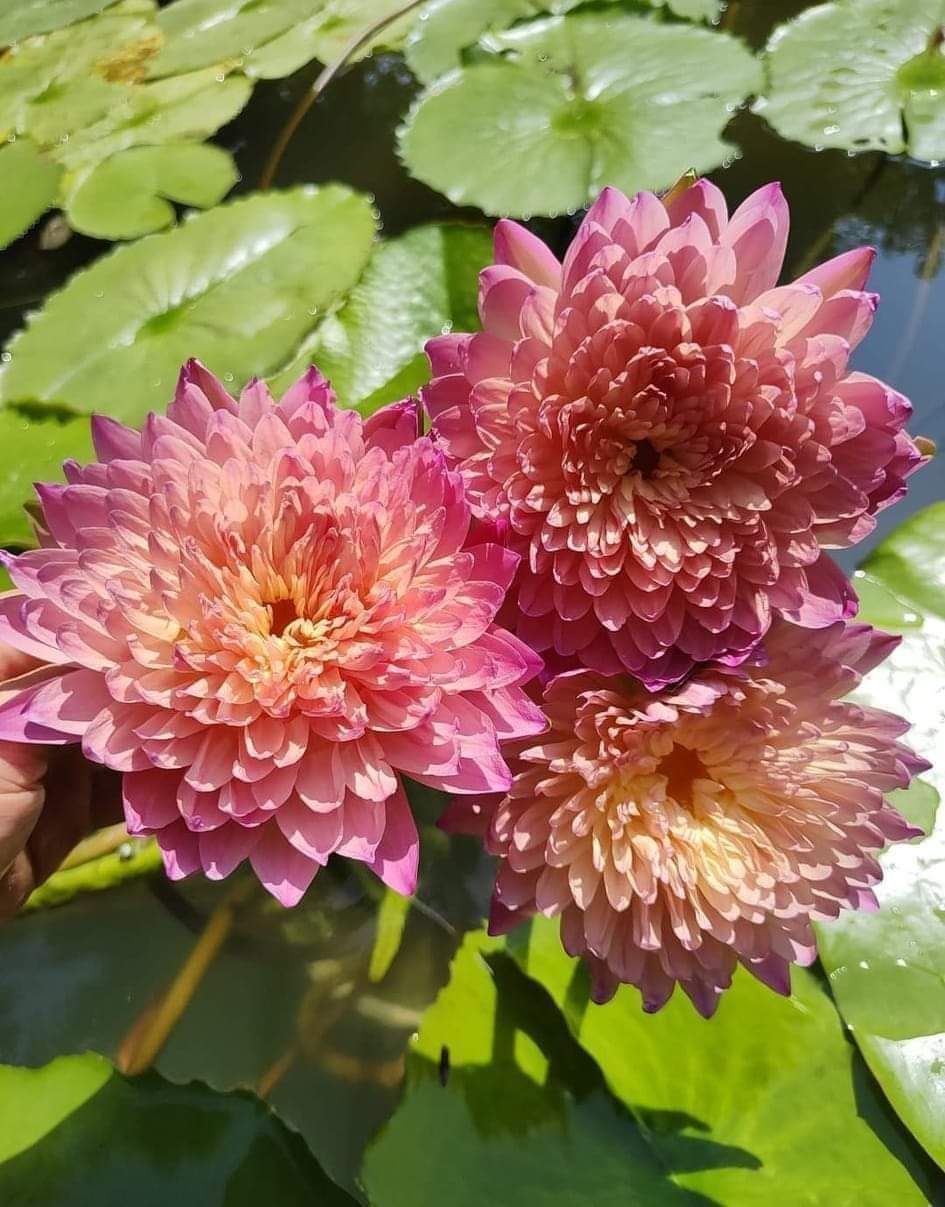
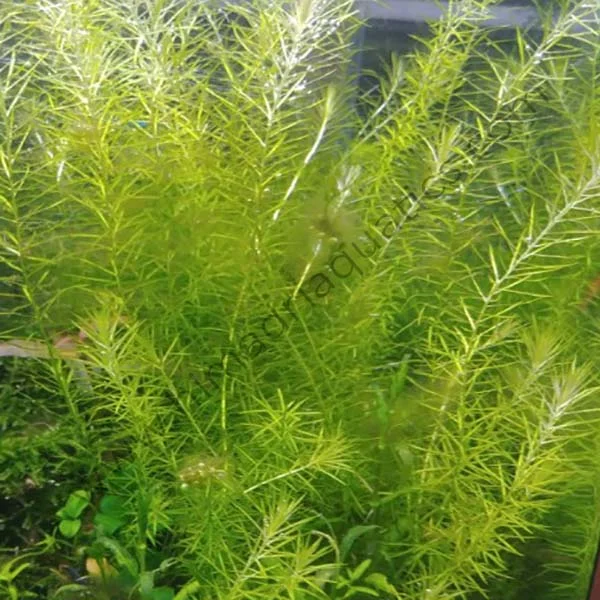
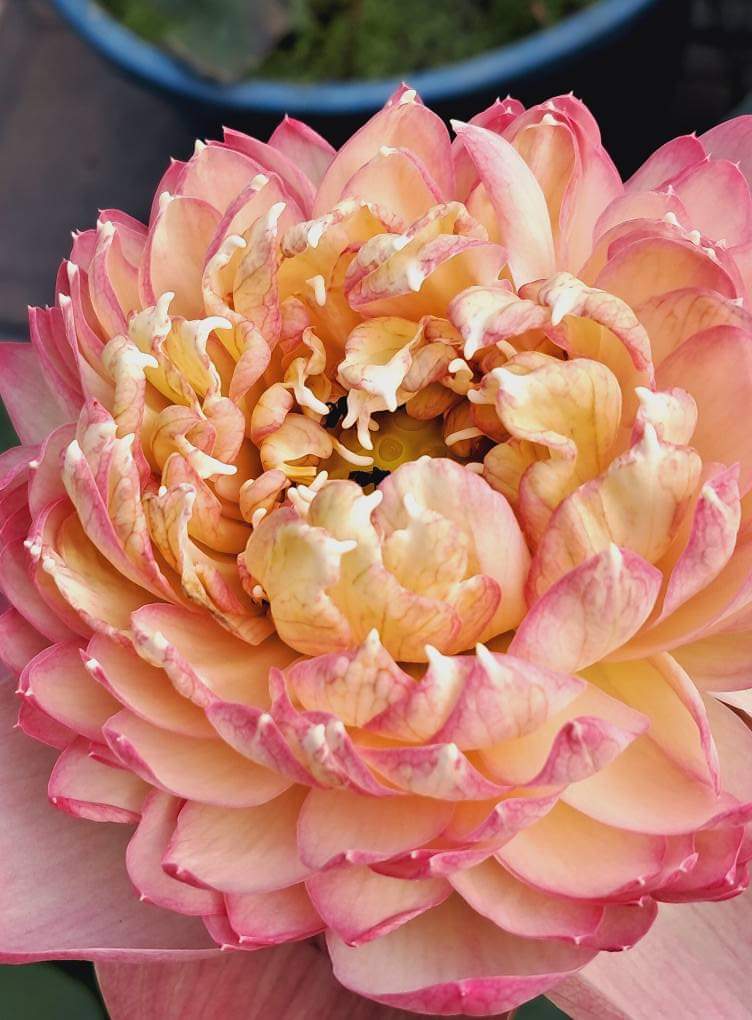
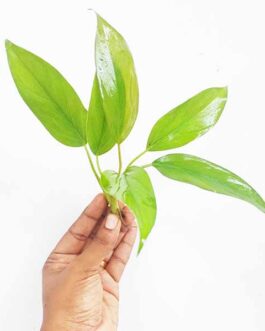
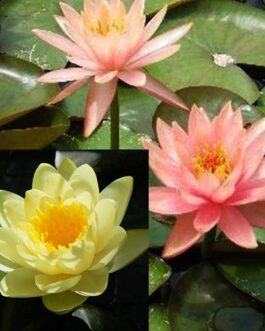
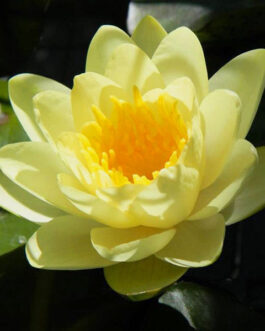
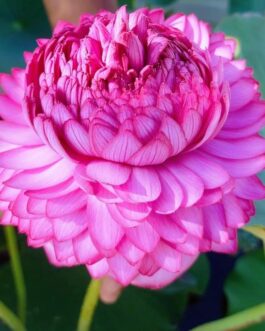
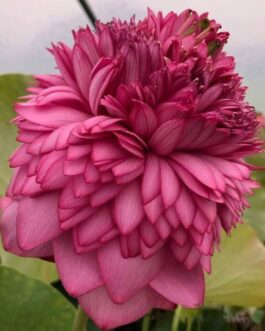
Reviews
There are no reviews yet.